Hand-drawing human anatomy can be a challenging yet rewarding endeavor. Whether you're an aspiring artist or a student studying anatomy, here are some key points to consider when hand-drawing human anatomy
Study Anatomy: Before you start drawing, it's essential to have a solid understanding of human anatomy. This includes knowledge of bones, muscles, joints, and how they all interact. Reference books, online resources, and anatomy courses can help you grasp the fundamentals.
Use the Right Tools: Invest in quality art supplies. Pencils, erasers, sketchbooks, and fine-tipped pens or markers can all be useful for different stages of your drawing.
Start with Skeletons: When learning to draw anatomy, it's often helpful to start with the skeletal structure. Draw basic bone shapes and learn the proportions of the skeleton. Understanding the skeletal framework is crucial because it provides the foundation for the muscles and body proportions.
Learn Proportions: Human proportions can be quite challenging. Study the "ideal" proportions of the human body and practice drawing figures in proportion. The proportions can vary based on age, gender, and individual variations, so be prepared to adapt your drawings accordingly.
Analyze Muscle Anatomy: Muscles give the body its form and movement. Study muscle anatomy and their attachments to the bones. Pay attention to how muscles appear on the surface of the body, creating contours and defining the shape of the figure.
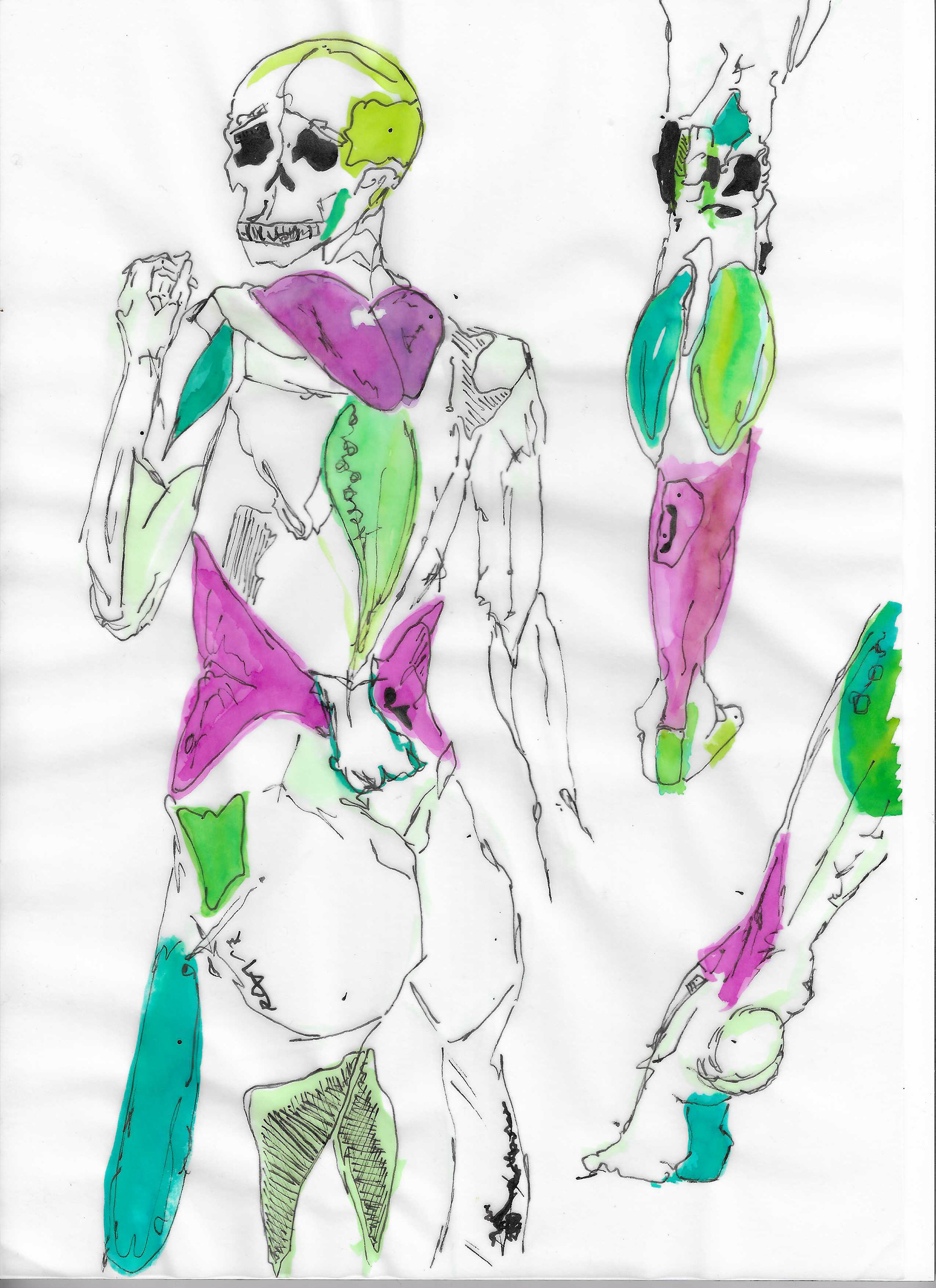
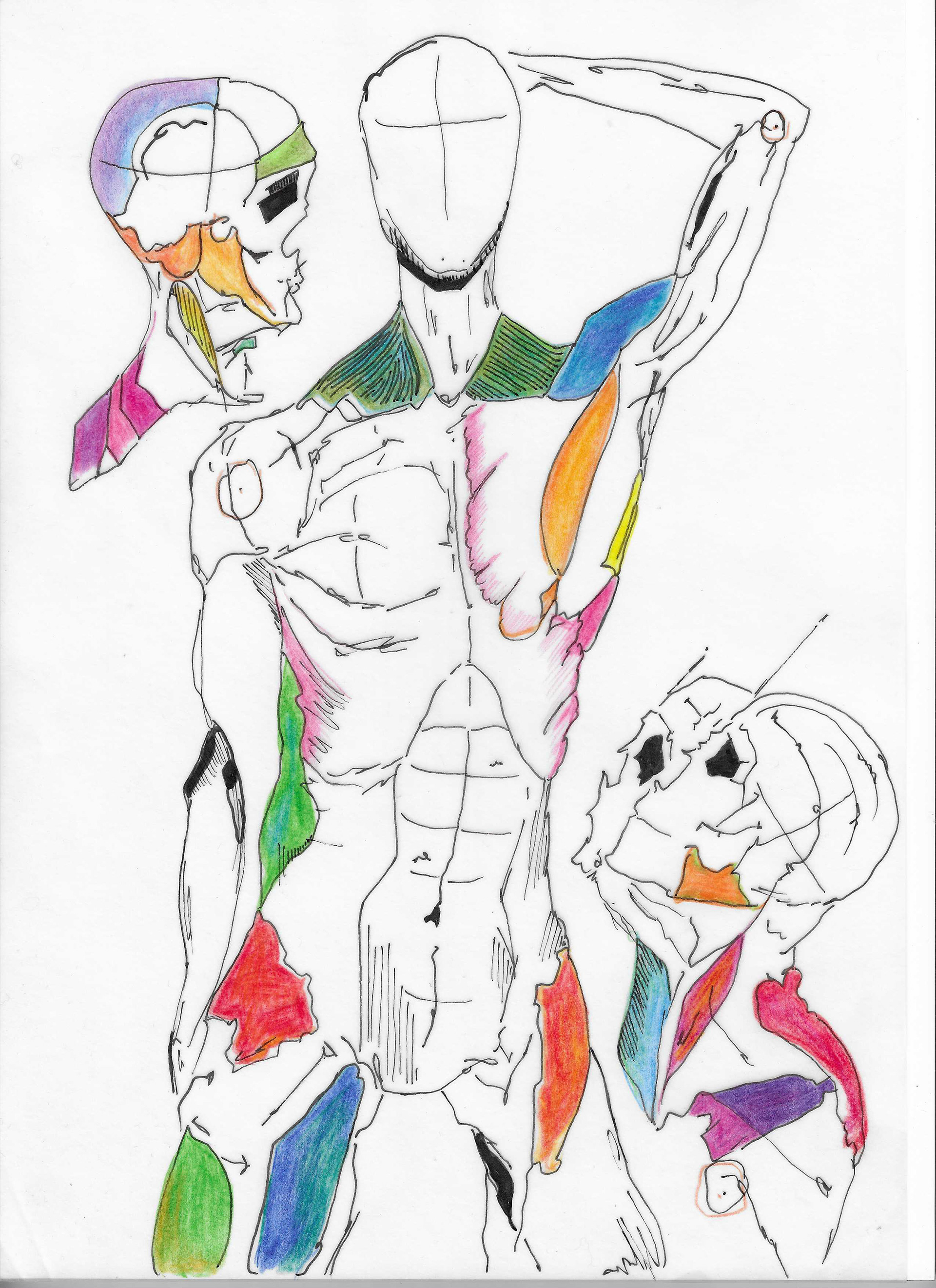
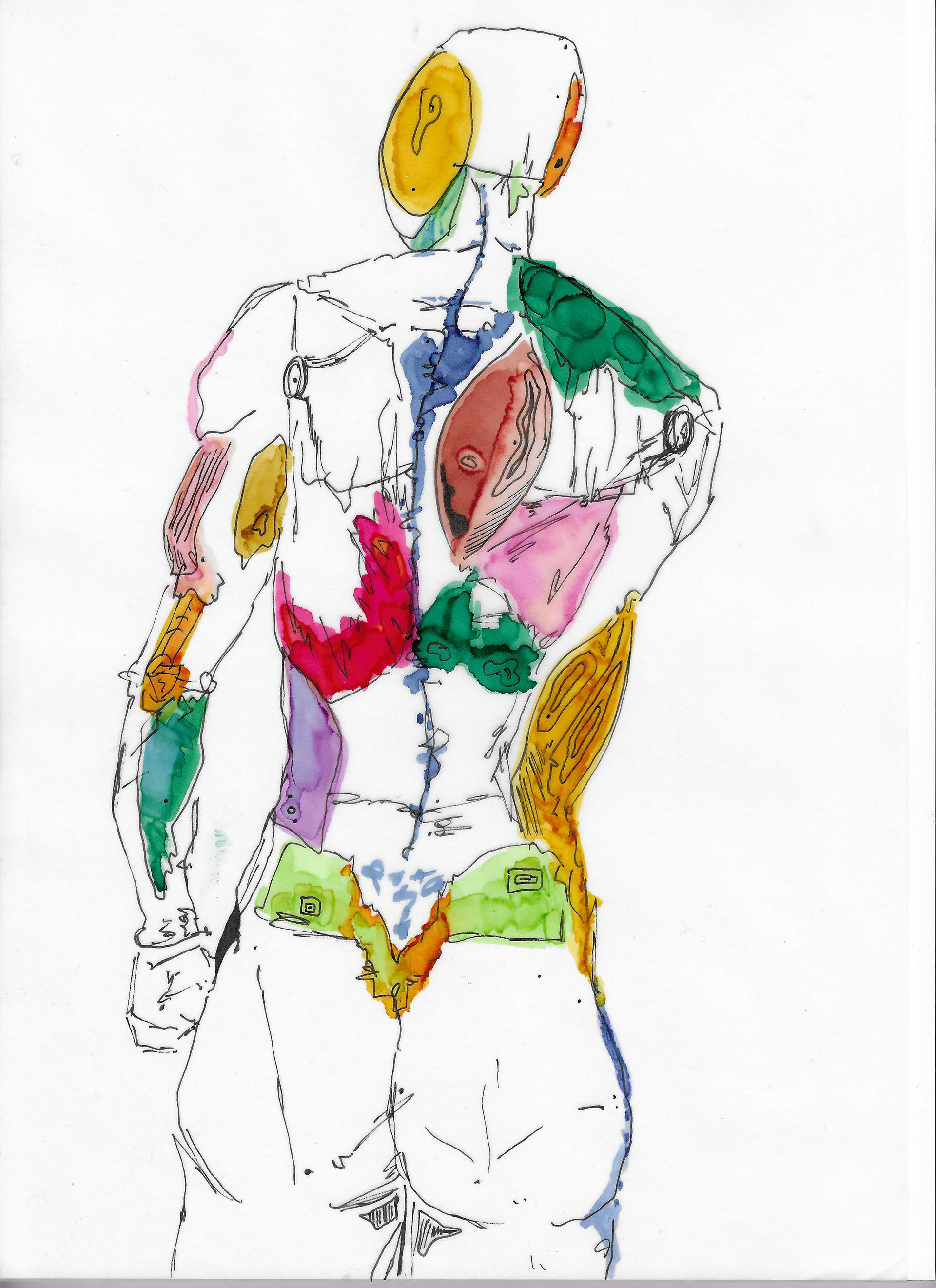
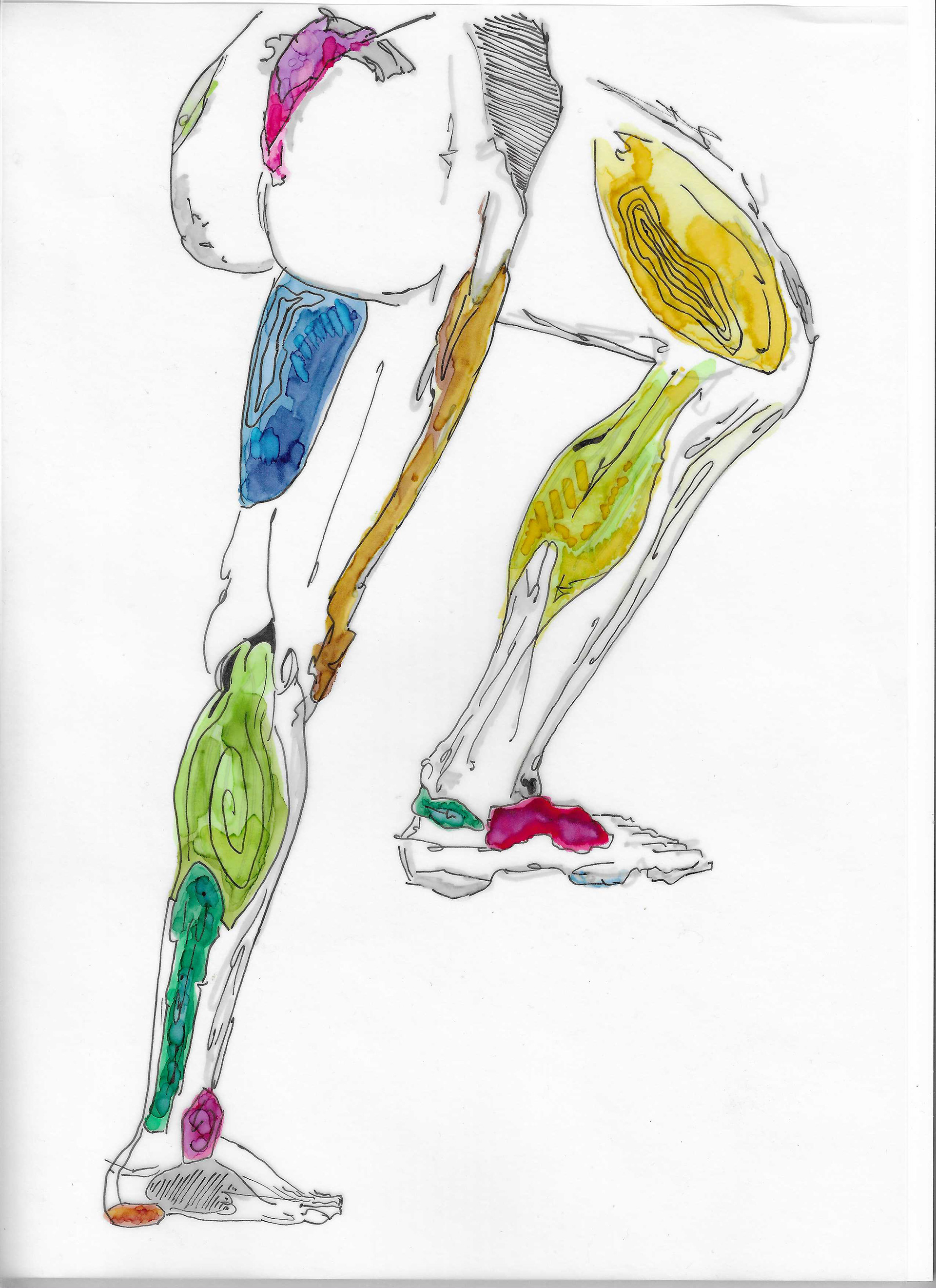
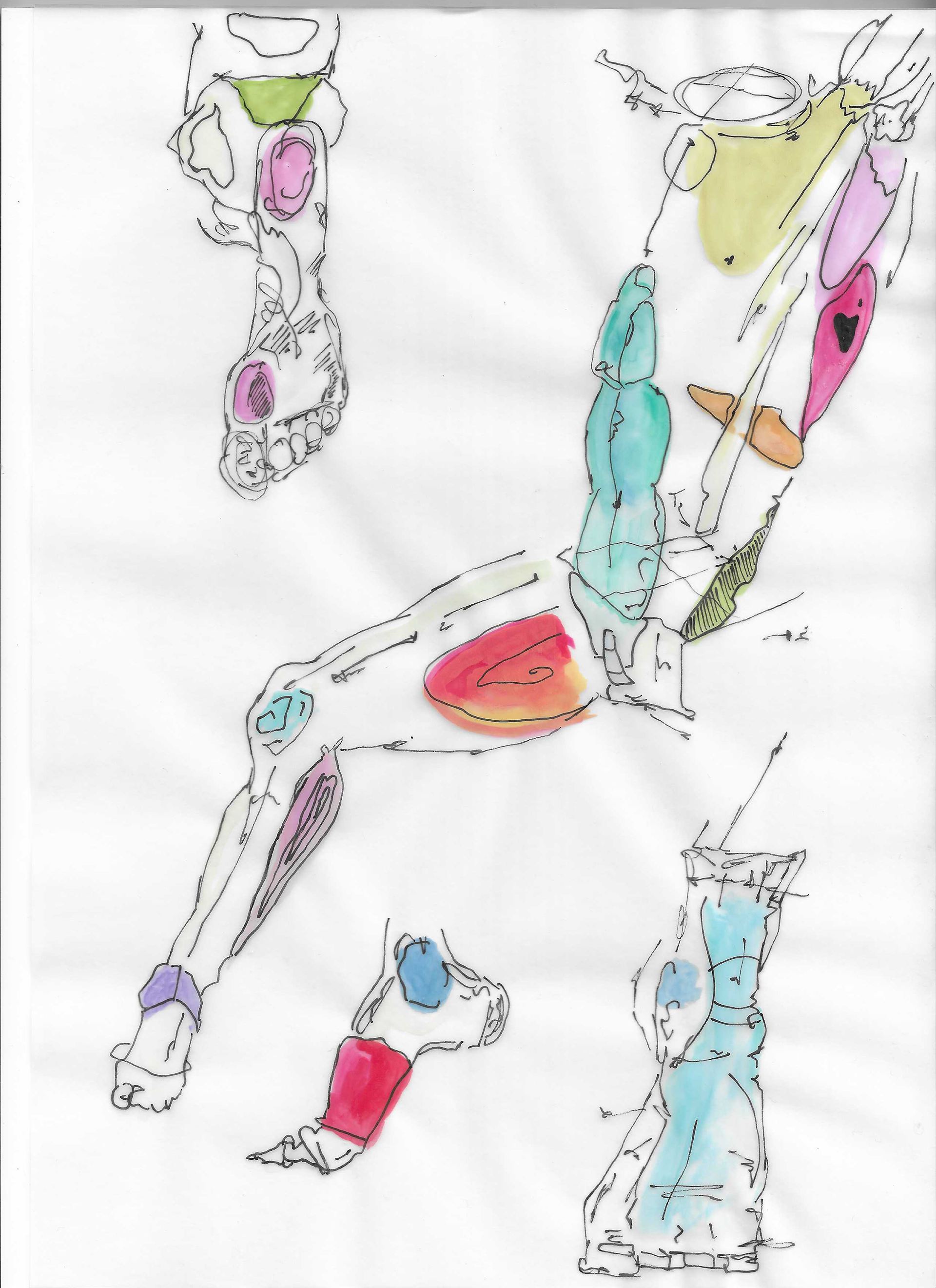
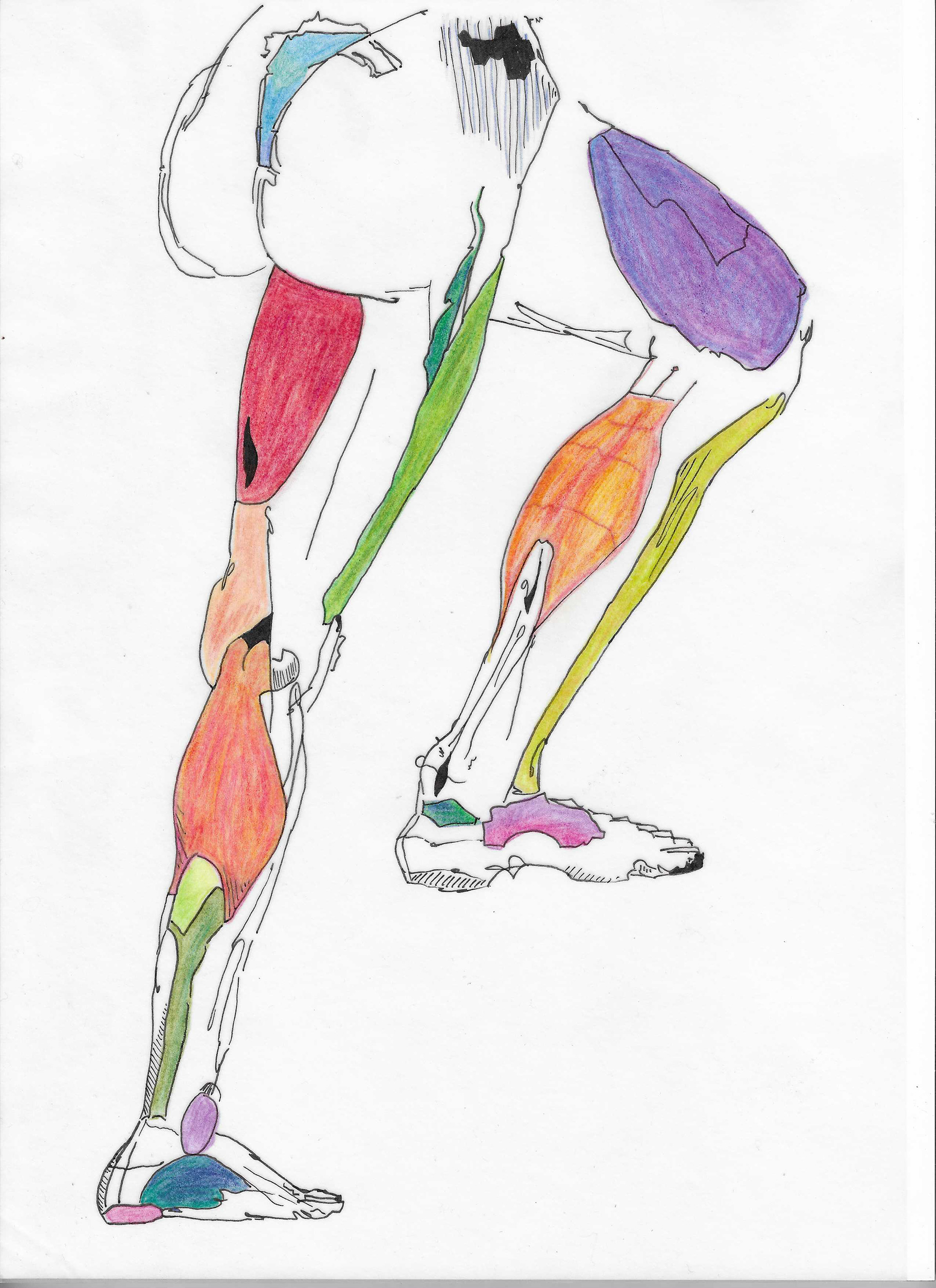
-
Practice Gesture Drawing: Gesture drawing involves capturing the essence of a pose or movement quickly. It's an excellent exercise for improving your understanding of body dynamics and fluidity in your drawings.
Life Drawing: Attend life drawing classes or use reference photos of live models. Drawing from life allows you to observe and understand how the human body looks and moves in three dimensions. It also helps you practice capturing details and subtleties.
Use Shadows and Highlights: Pay attention to light and shadow, as they add depth and realism to your drawings. Shading can emphasize the volume and contours of muscles and bones.
Gradual Detailing: Start with rough sketches to block out proportions and overall forms. Then gradually refine your drawing, adding more detail as you go along. This step-by-step approach can help avoid mistakes and create more accurate representations.
Experiment and Learn from Mistakes: Don't be afraid to experiment with different techniques and styles. Drawing human anatomy is a continuous learning process, and you'll improve over time. Don't get discouraged by mistakes; they are an essential part of the learning process.
Seek Feedback: Share your work with fellow artists, teachers, or online communities for constructive feedback. Feedback can help you identify areas for improvement and gain valuable insights.
Patience and Perseverance: Drawing human anatomy is a skill that takes time to develop. Be patient with yourself and practice regularly. Over time, your drawings will become more accurate and expressive.
Remember that every artist has their unique style and approach to drawing human anatomy. While it's important to learn the fundamentals, don't be afraid to inject your personality and creativity into your drawings. Hand-drawing human anatomy can be a beautiful and expressive art form that allows you to explore the intricacies of the human body.









